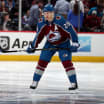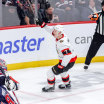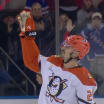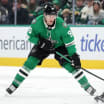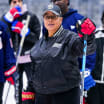SAN JOSE -- The Pittsburgh Penguins blocked 38 shots from the San Jose Sharks in Game 3 of the Stanley Cup Final at SAP Center on Saturday. It's an impressive number, no doubt, but it might be too high for the Penguins' liking.
Thirty-eight blocks in one game from a team that averages less than half of that is telling of a plan that got slightly away in a game that was winnable until Joonas Donskoi scored in overtime to lift the Sharks to a 3-2 win.
Penguins defend too much in Game 3
Pittsburgh chases puck, blocks 38 shots in loss to Sharks
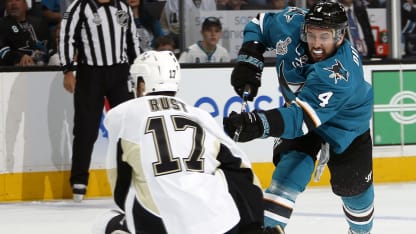
© Don Smith/Getty Images

